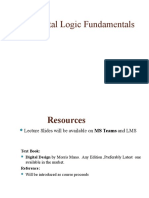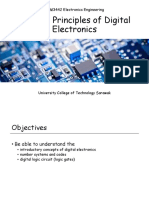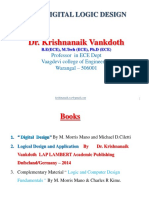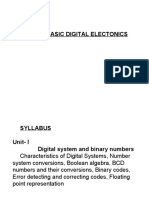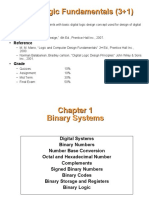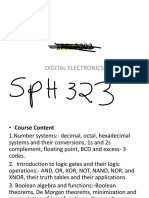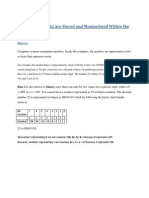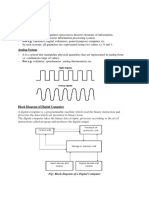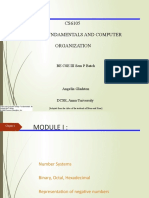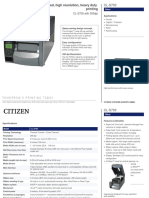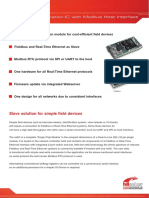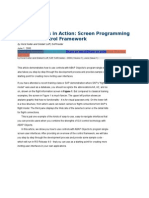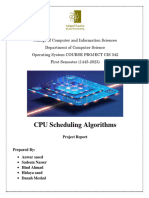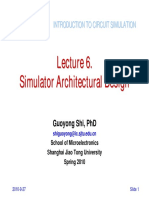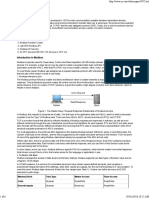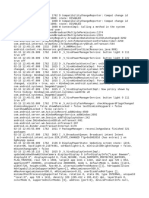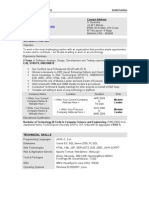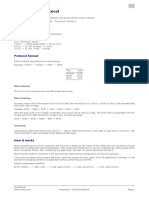0% found this document useful (0 votes)
108 views66 pagesChapter 1
This document provides information about the CPEG 210 Digital Logic Design course taught by Dr. Jibran K. Yousafzai. The goals of the course are to learn the principles of digital design, combinational and sequential circuits, and basic memory organization. Topics covered in Chapter 1 include digital vs analog systems, binary numbers, number conversions, logic levels, and digital abstraction.
Uploaded by
Rawan MohammedCopyright
© © All Rights Reserved
We take content rights seriously. If you suspect this is your content, claim it here.
Available Formats
Download as DOCX, PDF, TXT or read online on Scribd
0% found this document useful (0 votes)
108 views66 pagesChapter 1
This document provides information about the CPEG 210 Digital Logic Design course taught by Dr. Jibran K. Yousafzai. The goals of the course are to learn the principles of digital design, combinational and sequential circuits, and basic memory organization. Topics covered in Chapter 1 include digital vs analog systems, binary numbers, number conversions, logic levels, and digital abstraction.
Uploaded by
Rawan MohammedCopyright
© © All Rights Reserved
We take content rights seriously. If you suspect this is your content, claim it here.
Available Formats
Download as DOCX, PDF, TXT or read online on Scribd
/ 66










